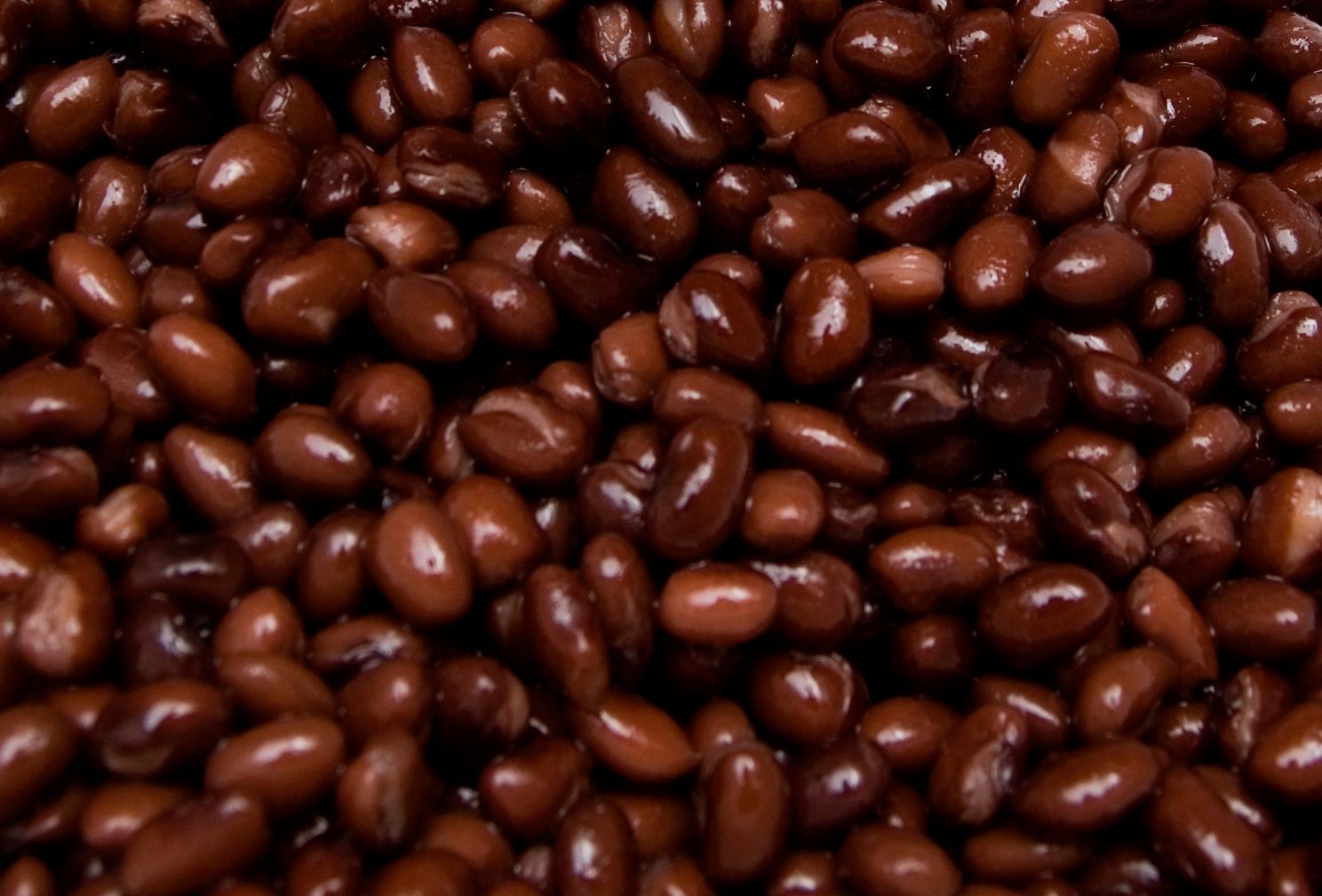
Unleashing the Power of Cycling: A Comprehensive Guide
- Dec 13, 2023
Got an unused bike gathering dust? It's time to rectify that. According to a 2015 data collection, approximately 42 percent of households own a rideable bicycle. Cycling, whether indoors or outdoors, presents an opportunity to engage in challenging workouts, regardless of your existing skill or fitness level. This article provides a detailed guide towards embracing life on two wheels and reaping the numerous benefits it offers.
Cycling, in its simplest form, involves mounting a bicycle and riding it. No matter how modest or extensive your pedaling may be, it categorizes as physical activity. Regardless, a vital aspect that defines the workout intensity arisen from a bike ride is your fitness level. While cycling can strengthen your muscles, particularly the quadriceps in the lower legs, it's primarily an aerobic form of exercise. Aerobic activities like cycling amplify cardiovascular prowess, enhancing oxygen use and blood circulation within the body.
Indoor and outdoor bike usage yield similar physiological results. Indoor cycling eliminates the hassle of route planning, weather concerns, or packing supplies, potentially leading to a more intense workout within a shorter timeframe. However, many prefer the sense of freedom and environmental connectivity associated with outdoor cycling.
Cycling should preferably be supplemented by other forms of aerobic or strength training exercises according to Bekah Rottenberg, a certified instructor and personal trainer. Incorporating rest and recovery days between rides can also substantially boost performance.
Various studies have linked cycling to multiple health benefits, including improvements in sleep quality and cardiovascular health, as well as cognitive function and mood enhancement in older adults. Cycling, like any other aerobic exercise, can also effectively contribute to weight loss efforts, particularly among sedentary, overweight individuals.
However, several factors, notably daily calorie intake, can affect weight loss. Cycling temporarily accelerates your metabolism, which often prompts overeating, leading to a caloric surplus instead of a deficit. Regular cycling also makes your body more efficient, effectively burning fewer calories over time.
For cycling beginners, start with short rides of 20-30 minutes a few times weekly. The first few weeks should ideally be spent reconciling with the bike's unique pressure points. Gradually, you can increase speed, ride duration, and frequency along with mastering gear shifts.
To increase cycling intensity, consider introducing low-level intervals and cross-training, focusing on yoga for improved strength, flexibility, and range of motion. Monitoring your nutritional intakes before, during, and after cycling also plays a significant role in optimizing performance and recovery.
Remember, if you have chronic health issues such as cardiovascular disease, diabetes, joint problems, or respiratory issues, always consult with your healthcare provider before starting a cycling routine. A wide range of common injuries associated with cycling can be avoided through proper bike positioning, gear, and always, always wearing a helmet.






